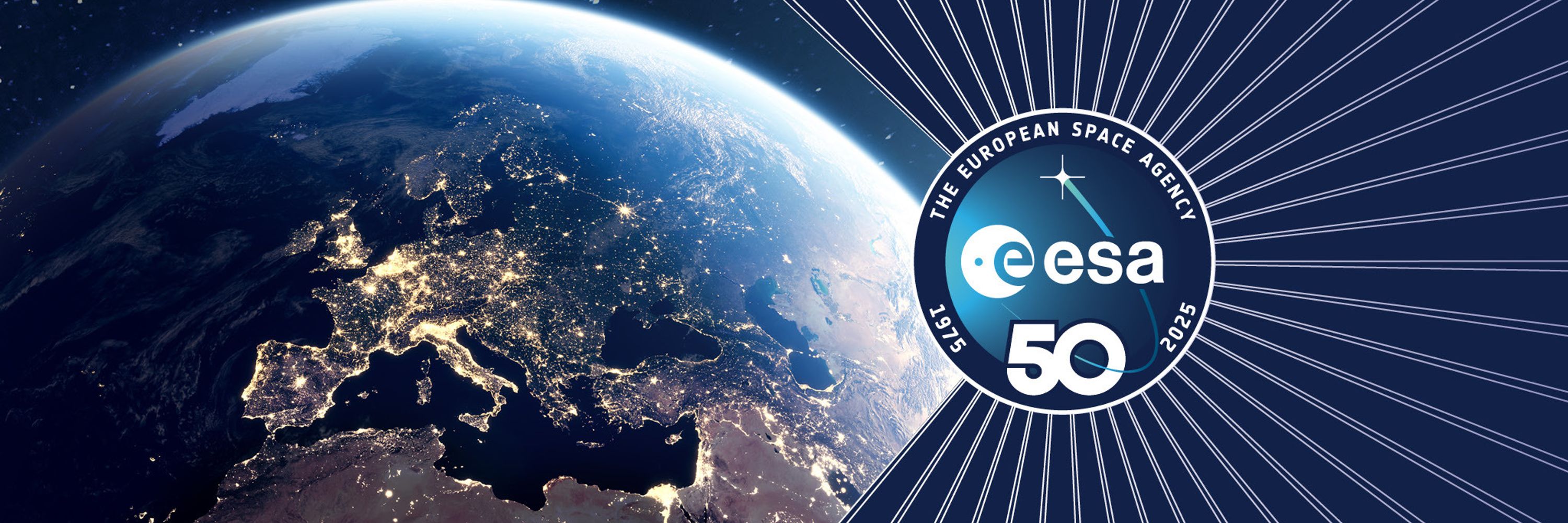ESA Space Science
@science.esa.int
13K followers
640 following
530 posts
Keeping you posted on space science activities from the European Space Agency.
Web: http://www.esa.int/science
Privacy Notice: esa.int/connectwithus
#astronomy #space #science
Posts
Media
Videos
Starter Packs















